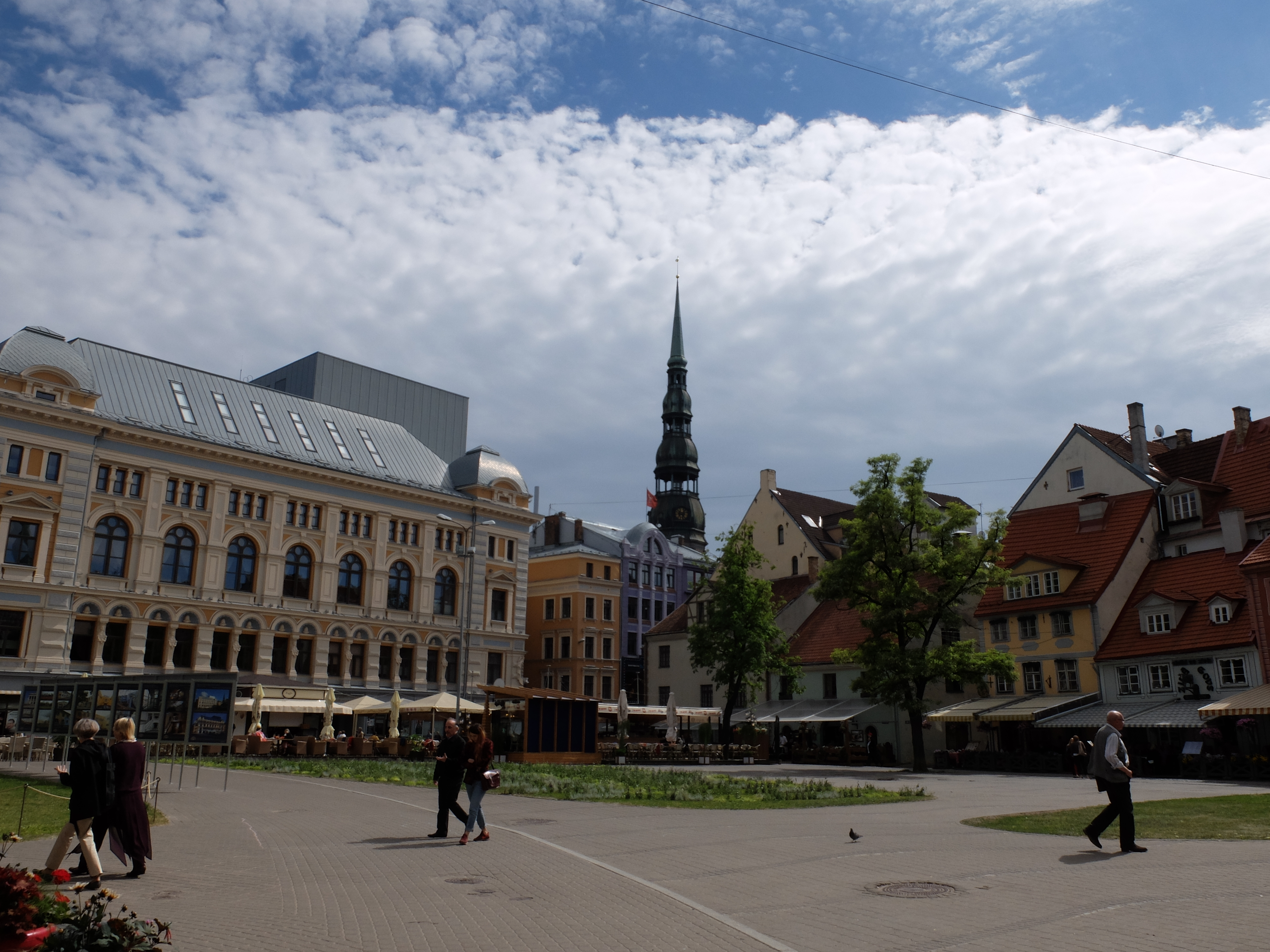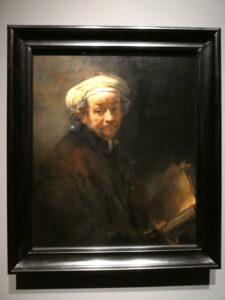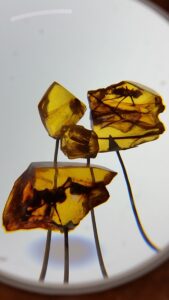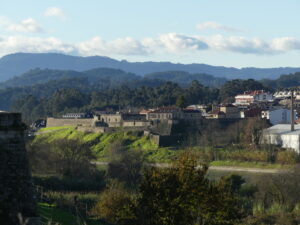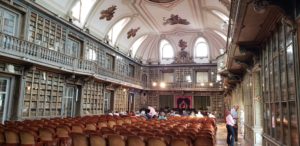During our six month stay in the Baltic countries, we found charms aplenty. But the three capitals of these countries are the jewels in the northern European crown. Though beset with war and destruction for 1000 years, each now offers a modern European experience in a rich historical landscape.
In so many ways, they are similar: a smattering of medieval towers, walls and blasted fortresses; a profusion of baroque buildings and churches; vast central squares away from which cobblestone pedestrian streets wander about; a historical core ringed by 19th and 20th century buildings in various stages of dinginess; and more. Their old towns have each been honored as World Heritage Sites by UNESCO.
But we could not confuse them.
- Click to read about Vilnius as the seat of empire, learning and religion.
- Click to read about the medieval, musical and shoreline city of Tallinn.
- Click to read the full overview on the three capital cities of the Baltics.

RIGA is perhaps the most distinctive of the three, set on the broad Daugava River and a canal-like tributary running through parkland across the middle of the old town. Though just a short way off the vast scoop that the Bay of Riga takes out of the Baltic shoreline, Riga feels landlocked. You would hardly know it was a port.

The cityscape has the requisite peaked churches, though the Lutheran interiors are relatively austere, and some stunning eastern Orthodox temples dating from Russian rule. In general, Riga is a harmonious hodge-podge visually. Its 18th century town hall shares the main square with restored, quirky Hanseatic-style buildings from the 16th century, typical of its German-Dutch trading history.

They’re unlike anything else in town, except a miraculously extant, cross-timbered merchant’s house nearby and a most unusual trio of buildings, known as the three brothers. These demonstrate three centuries of building style, from the 15th to the late 17th.
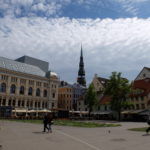
In some sections, narrow streets run along largely 18th century buildings, both palace-like and homey, which largely replaced the old styles. In the 19th century, the city added a number of broad streets for the strollers and the carriage trade. More modern oddities show up like Stalin’s “birthday cake” building near the central market just east of the old town.

Riga’s visual distinctiveness, however, comes from its economic flourish and rapid growth at the turn of the 20th century. That caused a need for apartment housing on the periphery of the old city as well as new business and residential space within. The result was a proliferation of buildings in the new style of the time out of Vienna, Jugendstil, the more geometric version of Belgian-French Art Nouveau. You can’t turn around in Riga without finding eye-catching examples of the style, including streets with nothing else. They range from the more austere to the wildly fanciful, with at least four different sub-categories of style.

Many visitors head to the very close and geometrically-set suburbs of the time, particularly Albert and Elizabeth streets to see the most elaborate of the facades. There the Jugendstil museum recreates a hard-to-find period interior in a house occupied by Peksens, one of the major architects then. But the central city is full of examples, from bank buildings to Smilsu street, a short street packed tightly with them.
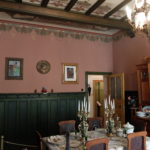
Around the same time, the neighboring seaside town of Jurmala enticed the wealthy to build gracious summer homes in a similar style. The more newly well-to-do have restored and occupied many of those making this a delightful footnote to the grander urban buildings of the sister city.
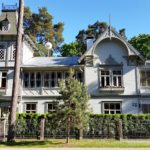
Even today, eye-catching architecture is expected here. The national library right on the Daugava across from the old town is one of the newer and particularly striking examples.
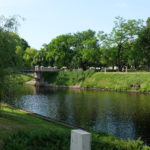
To complement its architectural delights, Riga’s parks are equally charming. You can readily find green spaces in Tallinn and Vilnius, but Riga smoothly integrates these into the heart of the city, from the more typical large square parks, to the sublime swath that borders both sides of that river canal running several kilometers across the whole length of the city.

Riga goes one better for shoppers too – and we don’t mean the shopping malls. At the southern edge of the city, near the rail station, Riga offers its people one of the largest open air markets in all of Europe. The food stands share a huge blacktopped lot with rows upon rows of clothing stalls. In early spring when we visited, the stands offered tons and tons of strawberries so that we inhaled the sweet aroma wherever we walked. Even more extensive are the stalls of the covered market adjacent to this, four huge buildings that once housed Zeppelin airships. One offers only meats and fish; another cheeses and dairy; another vegetables and endless varieties of pickled products. City busses drop off locals in droves and return them home throughout the day.
All in all, it’s astonishing how fine a city remains here despite how regularly the city and country were overrun throughout the years. For centuries, the religious and land-grabbing forces of the Knights of the Sword and the Livonian order contended with each other. Each founded fortresses and palaces across the countryside, when they weren’t mustering armies to destroy those forts and palaces. By the 20th century, it was the Germans and Soviets that threatened all that remained. Yet, now Riga flourishes.
(Also, for more pictures from Latvia and the Baltics, CLICK HERE to view the slideshow at the end of the Baltics itinerary page.)


